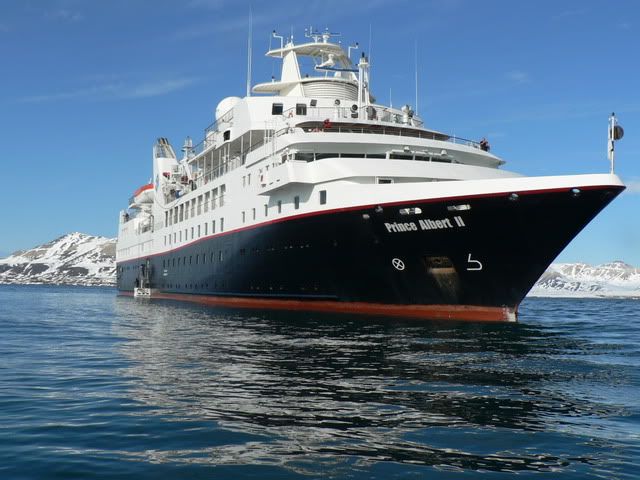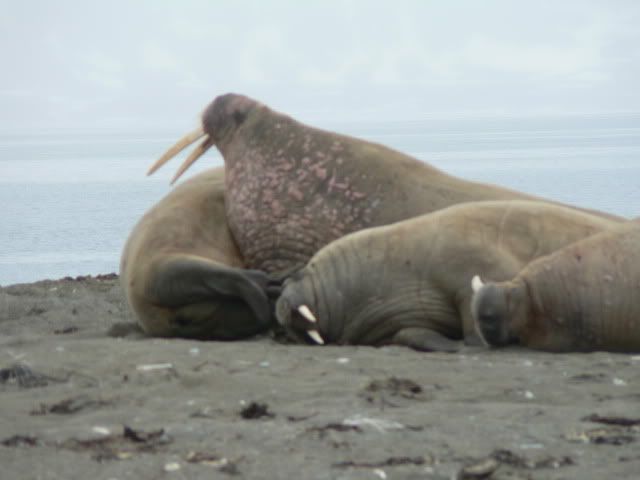As a kid, Taiwan just seemed the “other” China, an island existing in the shadow of monolithic Red China, a sort of big, comfy refuge for Chiang Kai-shek and his cronies, where they could enjoy all the art and goodies shipped out just ahead of Mao’s conquest. The image was of rows of workers turning out electronics and other gadgets we, the West, wanted, and providing a last stand against the Communist threat. Nothing unique enough to travel halfway around the world to see.

A few Taiwanese friends tried to gently suggest I might be mistaken and perhaps I should visit to see for myself. (The Taiwanese are very friendly and polite, even in crowds.) I figured 8 days, not including travel time, would be enough to circle the peanut-shaped country. How much diversity could a country the size of Belgium contain?
A lot! Taiwan is a crazy mix of diversity and contrasts. This is the country proud of Qiu He-Cheng, proclaimed in the Ceramics Museum as the Toilet King, the developer of flushing porcelain bowls used round the world. Yet in all but hotels designed for Westerners you will have typical squat facilities. High tech city stoplights have digital displays of walking people, but rural villages may have no electricity at all. And the food! I ate at restaurants featuring everything from dumplings to sushi to flower cuisine (not what it sounds like) to individual hot pots to world-famous noodles. There were unusual seafoods and snacks I could not identify. Sometimes I wasn’t sure what I was eating, only that is was delicious. (I can’t quite explain Matcha Redbean with Agar Frappe, only that it goes pretty well with seafood.)
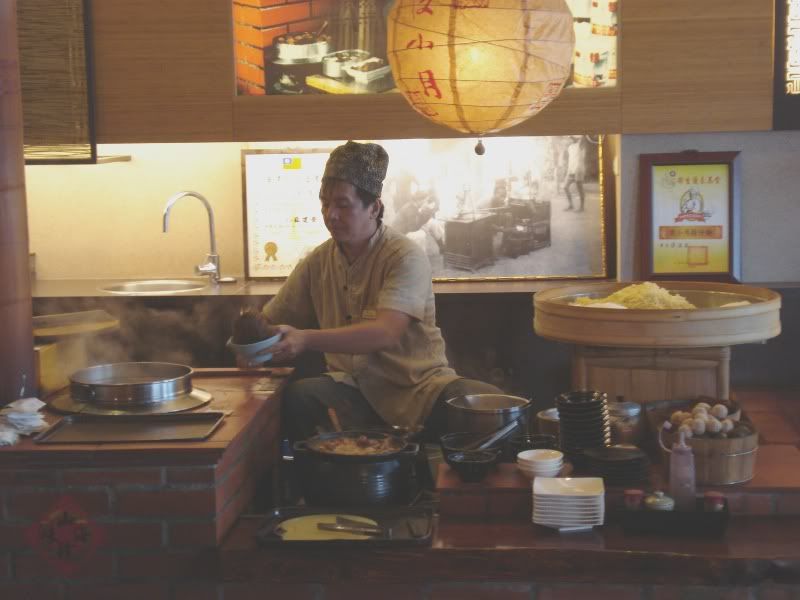

Taipei reaffirms the popular of image of Taiwan. It is a modern, efficient city, complete with all the requisite skyscrapers, shopping malls, five-star hotels, and excellent public transportation. The Grand Formosa Regent Taipei is a Four Seasons luxury hotel surrounded by stores like Cartier and Gucci. Until just recently, Taipei 101 was the tallest building in the world. Even if the Burj Khalafi is taller, the elevator flying to the top of Taipei 101 is unique, with a digital display tracking the speed and sparkling star-like lights in the ceiling. Every possible type of cuisine can be found, and like other Asian cities, there is a thriving Night Market for souvenir hunters and foodies. The National Palace Museum is overwhelming, especially to anyone like me who can’t get enough of Chinese art. The three massive floors can only display a small percentage of the almost 700,000 piece collection at any one time. For travel beyond Taipei, spotless, punctual high-speed trains connect the city with the rest of the country.

Outside Taipei there is traditional Taiwan, a beautiful country of mountains, waterfalls and delightful hotsprings. This is also a religious country with plenty of tall Buddhist statues and large monasteries. Staying at one was just uncomfortable enough to remind me I’m not quite ready for the peaceful, tranquil life of enlightenment. The Foguangshan Monastery complex is huge, complete with a basic hotel for foreigners and several restaurants, as well as the requisite multiple statues and temples. The morning procession of hundreds of monks is impressive, and whatever the accommodations lacked, it was compensated by a delicious lunch of individual hot pots.


And, oh, those hot springs! The Fleur De Chine Hotel in Puli and the opulent Hotel Royal Chihpen in Taitung not only have natural hot springs in the hotel, but individual soaking tubs in the rooms! Spending only an overnight in each hotel was a form of sweet torture—I wanted to linger—but there were more sights to see in this “small” country.
Taiwan has not only managed to protect its natural beauty, but its traditional arts as well. Handmade paper is still very important, used in everything from cards to traditional rubbings. The production process is a painstaking and hot, very very hot, procedure. Ceiling fans in the factory we visited barely moved the stifling air. I have no idea how workers could stand over those vats all day, rinsing the fibers through big mesh screens. Always hospitable, our hosts invited us to try our hand at making inked designs on fresh paper. Being polite, our hosts did not laugh at my effort.
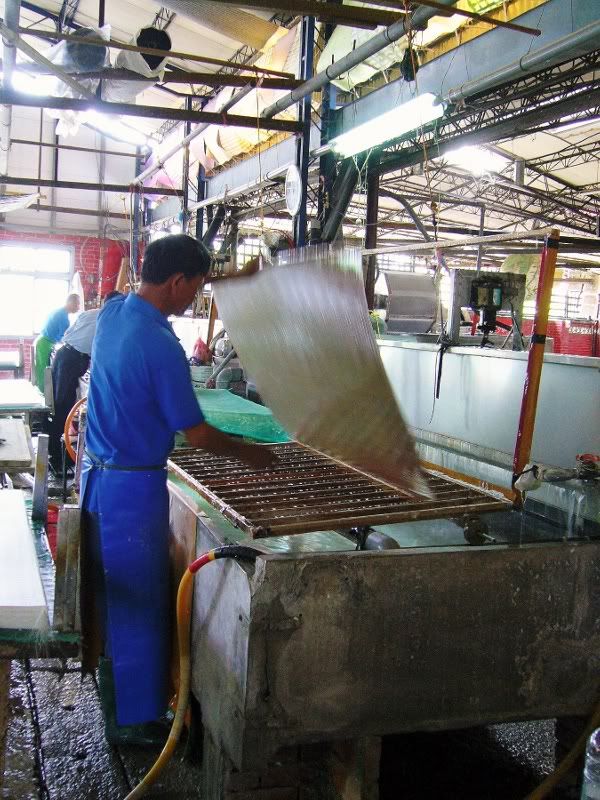
In the central part of this little island lie the incredibly picturesque Sun Moon Lake and Lalu Island. No wonder it was Chiang Kai-shek’s favorite spot. I can also understand why the “president’ fish was his favorite dish. The view from my hotel could have been the model for a thousand Chinese paintings. Sometime try soaking in a private natural hot spring tub overlooking a clear lake surrounded by beautiful mountains. It does wonders to improve a long day. It also doesn’t hurt that the spa facilities at the hotel are top-notch and the breakfast buffet was beyond belief. But, again, with only eight days there is no time to linger. There were still more sights to see, more meals to consume, and more pampering hotels.
The spectacularly narrow and dramatic Taroko Gorge and surrounding National Park is the reason many visitors go to Taiwan. The trails wind up and down, often twisting around sheer walls and forcing many hikers to go single file. For me, it felt more feel like entering a Chinese painting than looking at it. My walk was on the first day after a rainy spell, and the occasional bits of mist or fog added a sense of mystery to the mountains.
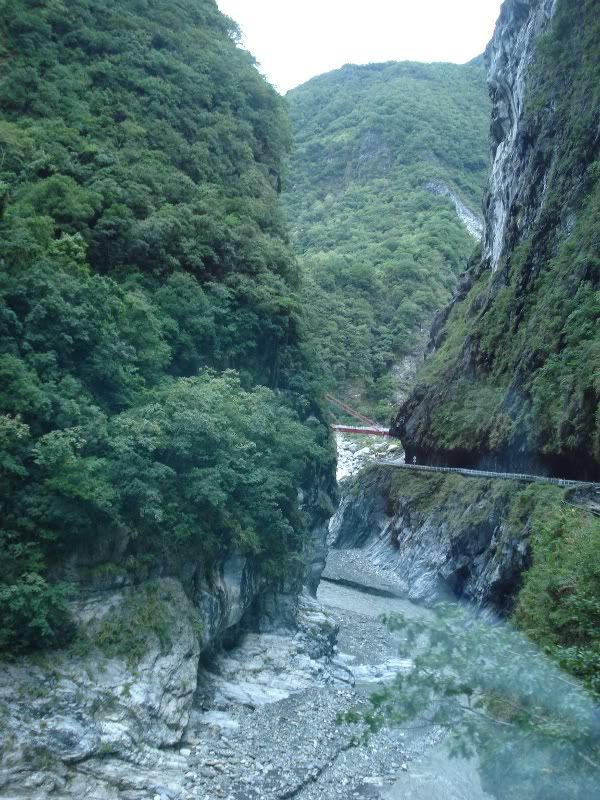
Taiwan is small enough to be circumnavigated in eight days, but only if you want a whirlwind trip and have the capacity for non-stop eating. I really want another night at the Fleur de Chine Hotel, another friendly greeting from the always helpful Howard Hotel staff. I’d love to get the recipe for the hot stone-cooked fish with cilantro and shrimp at the Hong Wa Wu restaurant in Cifadahan. And I never did find the famous (infamous?) stinky tofu. I just have to go back to find out why Qui He-cheng’s invention didn’t catch with the rest of his countrymen.

